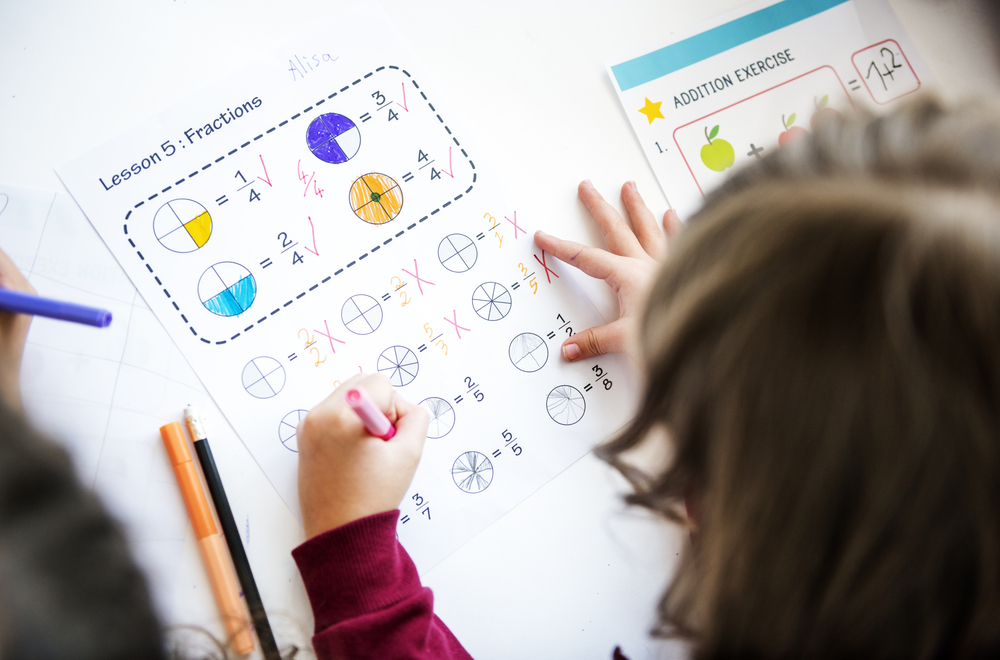Normal Tracing worksheets activities for Ages 6-7 - Page 4
91 filtered results
-
From - To


Uppercase Letters D, E, and F Worksheet


Letter K Tracing Page


Brown Tracing Color Words Worksheet
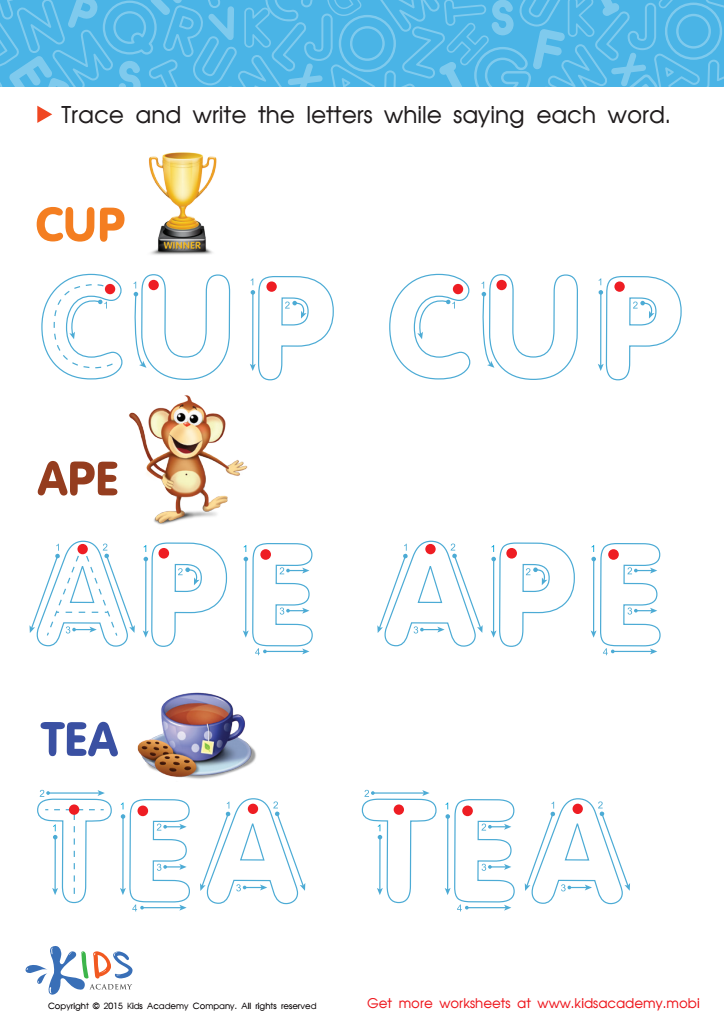

A Cup, an Ape and Tea Spelling Worksheet


Numbers and Number Words 6–1 Worksheet


Learn to Write the Number 2 Worksheet


Letter F Tracing Page


Uppercase Letters Y Z Worksheet


Lowercase Letters g h i Worksheet


Lowercase Letters a b c Worksheet


Sight Words: The Worksheet
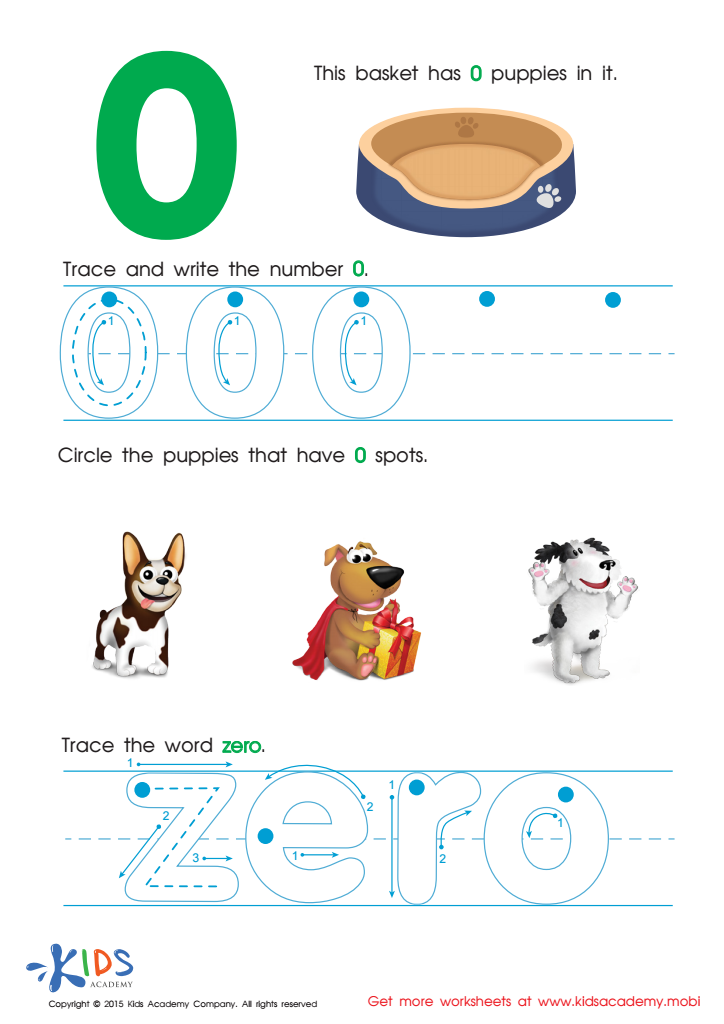

Trace And Write Number 0 Worksheet


Letter D Tracing Page


Black Tracing Color Words Printable
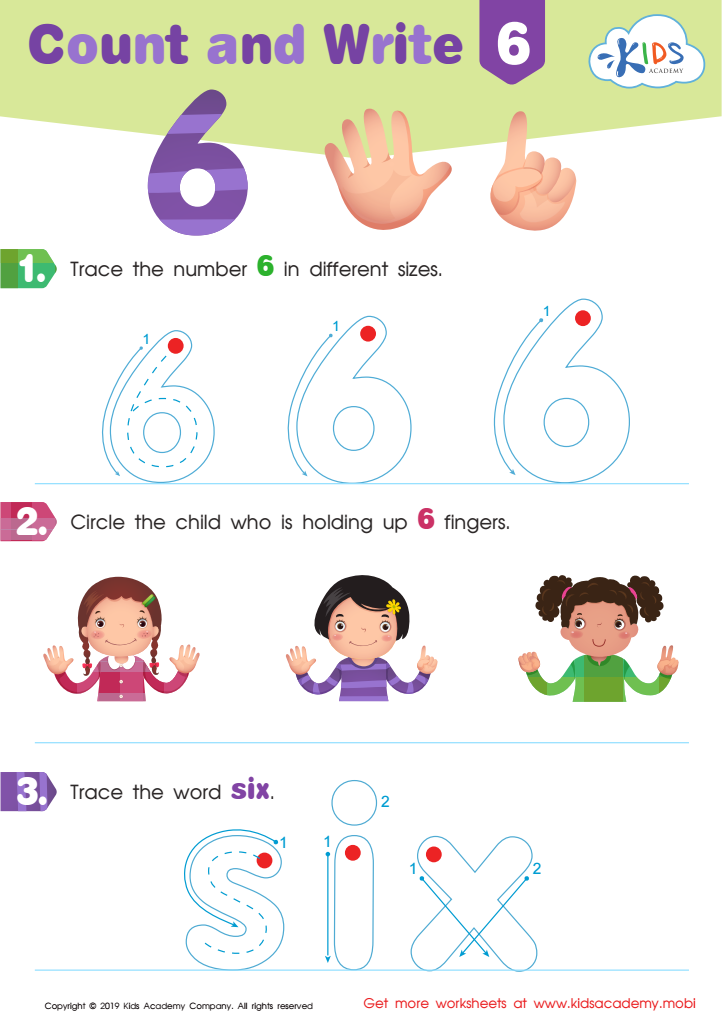

Count and Write 6 Worksheet


She, Her Printable Sight Words Worksheet


Count and Write 10 Worksheet
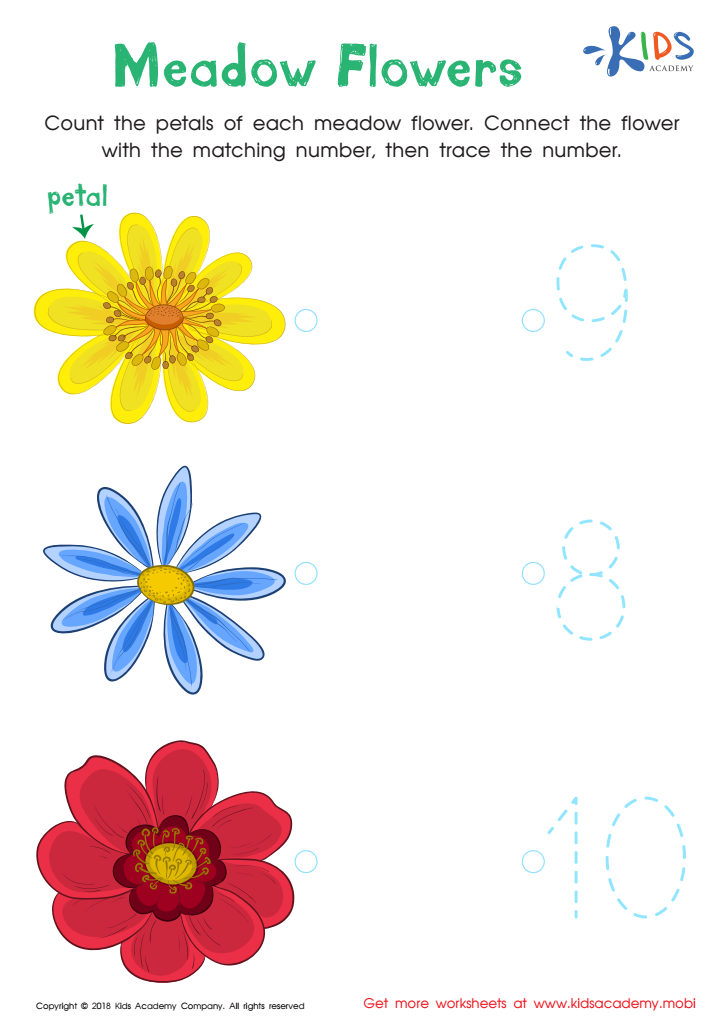

Kindergarten Number Tracing: Medow Flowers Worksheet


Have, Has, Had Worksheet Sight Words Worksheet
Normal Tracing worksheets activities are an essential tool in the foundational development of young learners. These activities, designed with the purpose of guiding children through the process of learning how to control a pencil or pen, play a pivotal role in enhancing fine motor skills. The meticulous action of tracing lines, shapes, letters, and numbers allows children to become familiar with the basic elements of writing and drawing. This familiarity is crucial in preparing them for more complex tasks, such as forming letters correctly, writing their names, and eventually, engaging in cursive writing.
The benefits of Normal Tracing worksheets activities extend beyond improving handwriting. They serve as a stepping stone in the development of hand-eye coordination. As children follow the paths and patterns on the worksheet with their writing instrument, they learn to synchronize their vision with their hand movements. This coordination is not only vital for writing but also for other daily activities such as tying shoelaces, buttoning clothes, and using utensils.
Furthermore, these activities foster concentration and patience in young learners. The task of tracing requires focus and precision, encouraging children to slow down and pay close attention to the task at hand. This practice of mindfulness can translate positively into other areas of learning and behavior.
In addition, Normal Tracing worksheets activities can also be instrumental in teaching children the concept of following directions. They learn to start and stop at specific points, follow curves, and correctly identify shapes and letters. This understanding of directionality is crucial when they begin to read and write, as it aids in the correct formation of letters and the proper alignment of words on a page.
In conclusion, the simplicity of Normal Tracing worksheets activities belies their importance in the early educational journey of a child. By incorporating these tasks into a child's learning routine, educators and parents can provide a solid foundation for the development of writing, cognitive, and fine motor skills, setting the stage for a successful academic future.
 Assign to My Students
Assign to My Students







